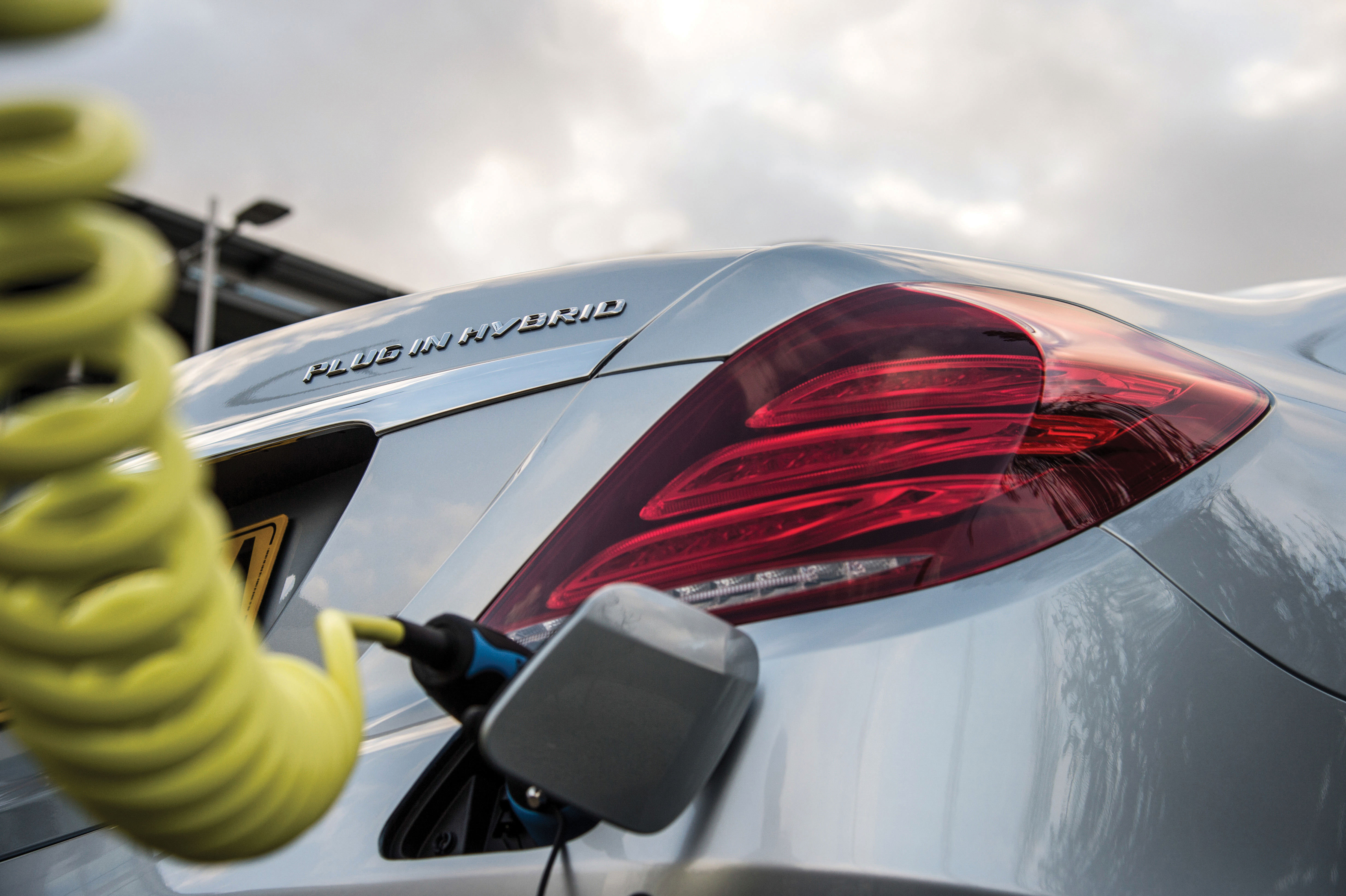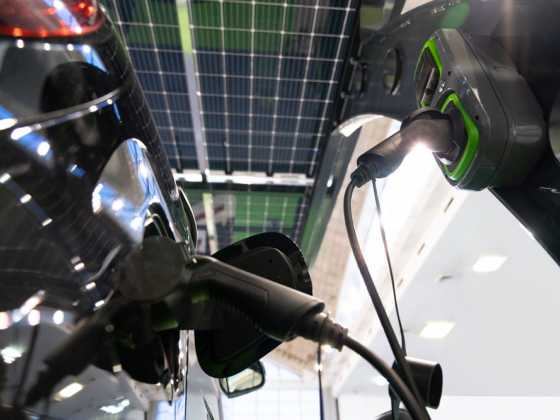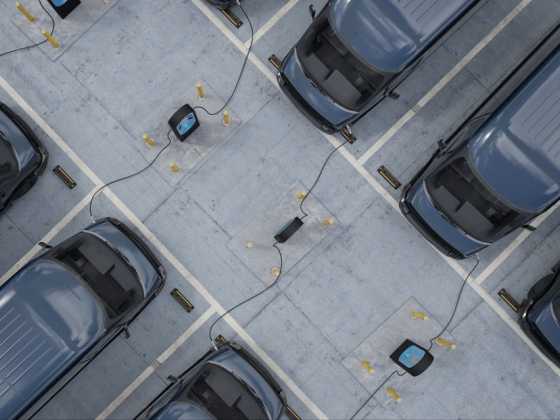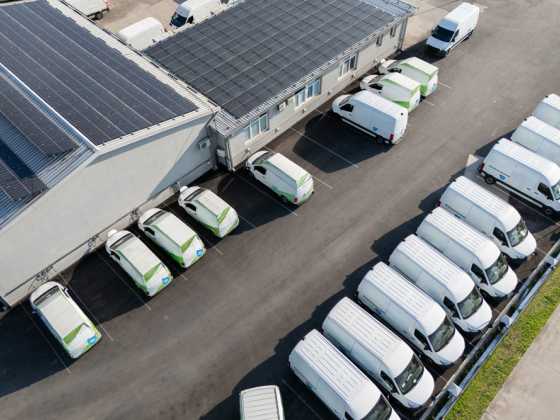Changes to new Vehicle Excise Duty rates explained

From April 2017, the UK car tax system will undergo a major change with new Vehicle Excise Duty (VED) rates across the board. By NextGreenCar
Car tax is currently calculated purely from a vehicle’s CO2 emissions rating. New cars registered from April 2017, however, will be divided into three groups: zero‑emission, standard and premium – with tax calculated on a combination of CO2 emissions and the car’s OTR price.
The new VED system only applies to cars registered from 1 April 2017. All cars registered before this date will remain in the current VED system, which will not change.
Car tax rates from April 2017
The new car tax system will divide vehicles registered on or after 1 April 2017 into one of three segments after its first year on the road – zero-emission, standard and premium.
Alternative fuel vehicles (including conventional hybrids, bi-ethanol and liquid petroleum gas) will also continue to receive a £10 reduction on vehicle tax rates.
Car tax for the first 12 months is covered by a first year rate (FYR) which is directly linked to the car’s CO2 emissions. The FYR uses the current VED system as its guide, with cars split into bands depending on what levels of CO2 they emit. Note, however, that the CO2 ranges which define each band are different from the existing (pre‑2017) car tax bands.
Unlike the current system, only zero-emission vehicles are eligible for zero VED. Cars emitting 1-50 g/km CO2 will be charged at £10 for the first year, cars emitting 51-75 g/km CO2 will be charged at £25 for the first year, with costs increasing incrementally over successive bands up to cars with CO2 emissions over 255 g/km CO2, which will cost £2,000 for the first 12 months to tax.
Although these first year rates for higher emitting cars may put off buyers of less green models, a vehicle’s on the road (OTR) cost includes its first year VED. Since few buyers will ever pay the first year rate directly (rather have the dealership incorporate the tax into the OTR cost), this new system of high tax on high emissions may have little direct effect on buyers. However, some manufacturers may increase model prices in order to accommodate the new rates.
Three categories
After a car’s first year on the road, the three category system comes into place: zero-emission, standard and premium. Zero‑emission cars will be exempt from VED, as they have been pre-April 2017. The standard rate (SR) will apply to the majority of cars which will be charged at a standard rate of £140 no matter what their emissions.
A premium rate (PR) will apply to more expensive cars defined as those with a list price of £40,000 or more. The premium rate, which applies from the second year for five years, consists of the standard rate plus an additional rate of £310. The rate reverts back to the standard rate after five years. Note that the premium rate applies to all cars with a list price of £40,000 including zero-emission vehicles.
Information obtained from DVLA confirms that the ‘list price’ used to determine whether the standard or premium rate is applied is the retail price published by the manufacturer before the vehicle is passed to the dealer for registration.
This list price includes the purchase price of any non-standard options, VAT, the purchase price of the battery even if leased, delivery charges to the dealership plus any pre-delivery inspection charges. Note that the list-price is not the same as the on-the road (OTR) price which also includes VED and the first year registration fee.
Reasons for the changes
The current car tax regulations involve a range of tax bands for new cars from A to M, where A is for those greenest vehicles emitting up to 100g/km CO2, and M the highest band for vehicles that emit more than 255g/km CO2. These involve an annual cost that increases the higher up the tax bands the car sits, starting at £0 for band A up to £505 (standard rate) per year for band M.
The changes planned for 2017 are a response to the fact that around three‑quarters of all new cars now pay zero FYR VED under the current system. The UK Government has also stated that revenue from VED will be ring-fenced in England from 2020 for a new Roads Fund, which will pay for the building of new roads and maintenance on existing routes in the country.
It should be stressed that the new measures will not take effect until 1 April 2017 onwards – and only apply to new cars purchased from that date. Cars bought before then will be taxed at rates calculated by the current system, with tax possibly being increased slightly each year by the RPI to account for inflation.
While the Chancellor announced the new VED rates in the Summer Budget 2015, a number of organisations including Next Green Car are campaigning to retain the current system given its close alignment of rates with CO2 emissions. Many in the industry are concerned that the new rates will undermine incentives supporting the purchase of low and ultra-low carbon cars.
This article was published with permission from NextGreenCar.






